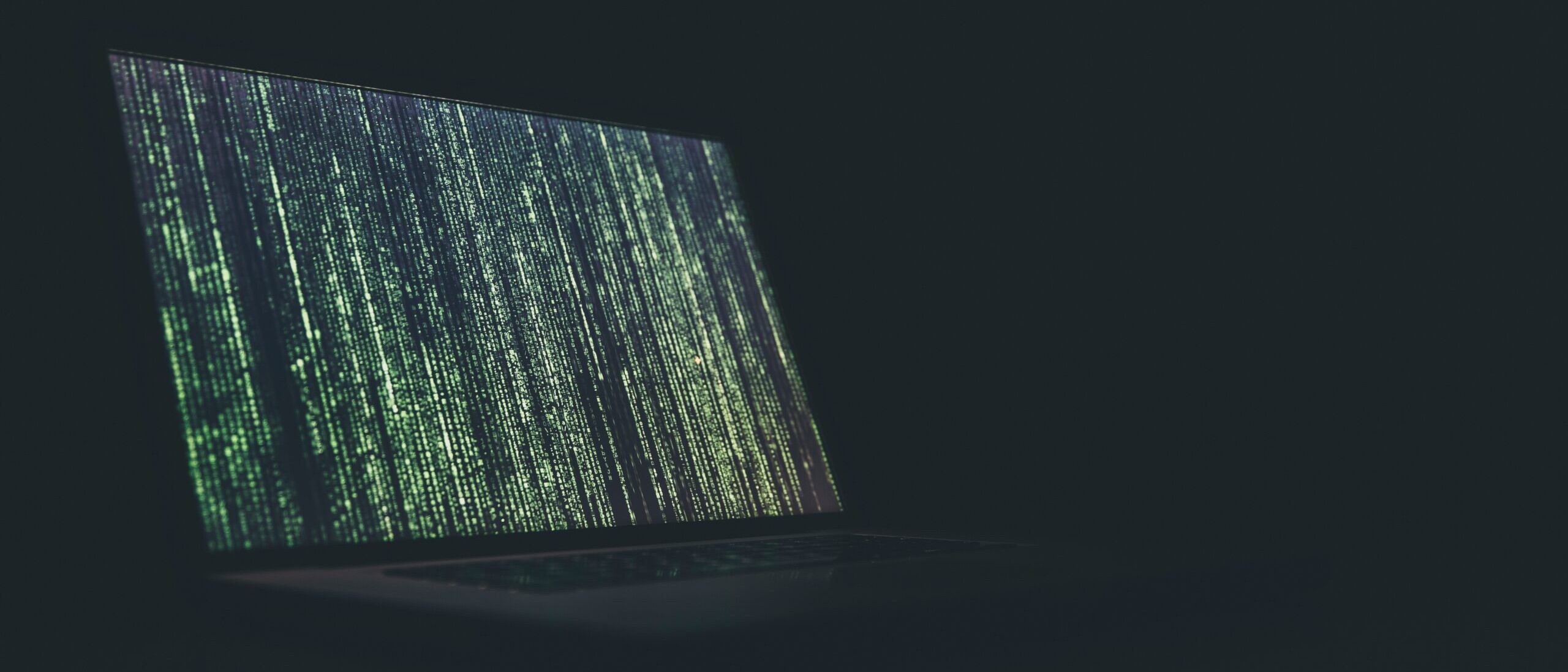The Top 10 Biggest Cybersecurity Attacks in History
Jeff Wolverton

The Top 10 Biggest Cybersecurity Attacks in History
In our increasingly digitized world, cybersecurity attacks have become an unfortunate reality. These attacks can have devastating consequences, affecting individuals, businesses, and even entire nations. As we delve into Cybersecurity Month, it’s essential to reflect on some of the most significant cybersecurity breaches in history, based on the number of people affected, the type of data compromised, and the financial impact. Let’s take a closer look at the top 10 biggest cybersecurity attacks that have left a lasting impact, and understand that no company, regardless of its size or stature, is immune to these threats.
Top 10 Biggest Cybersecurity Attacks
In 2021, the RockYou2021 data breach shook the cybersecurity landscape. It stands as the largest stolen password collection ever recorded, with over 8.4 billion passwords leaked. This massive breach was a stark reminder of the importance of robust password practices and multi-factor authentication. It showed that even the most prominent tech companies can fall victim to breaches.
The Marriott Hotels data breach of 2018 exposed the personally identifiable information of approximately 500 million guests. This breach, originating from a malware attack on the company’s Starwood Hotels & Resorts division, highlighted the vulnerability of the hospitality industry to cyberattacks. It demonstrated that even renowned hotel chains are not immune to cyber threats.
The WannaCry ransomware attack of 2017 wreaked havoc across 150 countries, affecting over 200,000 computers. It encrypted users’ data and demanded Bitcoin as ransom. This global cyber incident exploited vulnerabilities in the Microsoft Windows operating system. It showed that critical infrastructure and organizations worldwide are at risk.
In 2015, the Ukraine power grid attack sent shockwaves through the cybersecurity community by causing widespread blackouts in the country. This event underscored the vulnerability of critical infrastructure to cyberattacks and was attributed to Russian hackers using malware to disable the power grid. It demonstrated that even national utilities can be targeted.
The 2014 Yahoo attack compromised all 3 billion Yahoo user accounts, making it one of the most extensive data breaches in history. This state-sponsored attack served as a stark reminder of the importance of securing user data. It demonstrated that even tech giants can face massive data breaches.
The Adobe cyberattack of 2013 targeted Adobe’s customer database, exposing the credit card and social security numbers of more than 150 million individuals. A SQL injection attack was believed to be the cause behind this breach. It demonstrated that even software giants are vulnerable to cyber threats.
The PlayStation Network attack of 2011 impacted more than 77 million user accounts, compromising personal information and credit card data. This breach was orchestrated by a group of hackers who exploited vulnerabilities in the PlayStation Network’s website. It demonstrated that even entertainment industry giants can be targeted.
The Estonia cyberattack of 2007 marked one of the earliest major cyberattacks against a nation-state. Russian hackers coordinated attacks on Estonian government and private sector websites, disrupting the nation’s internet infrastructure for several days. It demonstrated that even governments can fall victim to cyber warfare.
In 2000, a 15-year-old hacker named James Jonathan infiltrated NASA’s computer systems, causing a 21-day shutdown. The attack resulted in millions of dollars in damages and prompted NASA to bolster its security measures. It demonstrated that even renowned space agencies are not invulnerable to cyber threats.
The Melissa virus, unleashed in 1999, was one of the first major computer viruses. It propagated through email attachments, infecting millions of computers worldwide. Melissa’s global impact led to billions of dollars in damages and marked a significant turning point in addressing cyber threats. It demonstrated that even the earliest forms of malware could cause widespread chaos.
Conclusion
These top 10 cybersecurity attacks serve as reminders of the ever-evolving landscape of cyber threats. As technology continues to advance, so do the tactics of cybercriminals. Staying informed about the latest cybersecurity threats and taking proactive measures to protect your data has never been more critical. In this Cybersecurity Month, let these historical breaches serve as cautionary tales, motivating us to bolster our digital defenses and ensure a safer and more secure online world. Remember, no company, regardless of its size or stature, is immune to these threats.
Jeff Wolverton
Jeff, the CEO of PivIT Strategy, brings over 30 years of IT and cybersecurity experience to the company. He began his career as a programmer and worked his way up to the role of CIO at a Fortune 500 company before founding PivIT Strategy.
